The wild turkey
The wild turkey: a somewhat awkward new arrival
It’s September already. Most of the birds have left or are preparing to migrate to warmer climes. There is one however, a sedentary specimen, which spends the year here: the wild turkey. This enormous bird, whose domestic cousin graces our tables at Thanksgiving and Christmas, is a newcomer to Quebec…or rather, a somewhat awkward returnee.
Once found throughout Eastern North America, the turkey had practically disappeared in the early 20th century, the victim of over-hunting. It was only following effective hunting controls and specific efforts to reintroduce it that the species was able to survive. Individual birds from the Northeastern United States and Southern Ontario progressively made their homes in the southern part of the Montérégie and the Outaouais. Since 2001, a program to introduce and relocate the species, put into place by the Quebec federation of hunters and fishers, accelerated the establishment of the wild turkey in Quebec. The program has been so successful that a well-supervised spring hunt has been in place since 2008.
Now you can observe the bird in many parts of the south of Quebec, from the northern part of the Outaouais to the Quebec City area and from the American border to the Lower Saint Lawrence. It is found in wooded areas bordering fields and grazing areas, where it feeds on berries, seeds, buds, grains, roots and tubers. Insects and other small creatures complete its diet. You can often see it beside the roads where it fills up on the gravel with which it grinds its food thanks to its powerful gizzard.
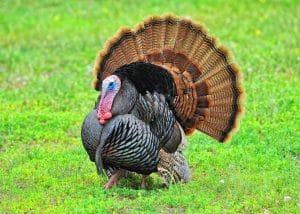 The wild turkey is impressive because of its sheer size, its naked head with the snood that falls onto its beak, its strong feet and its pointed claws. A mature male can measure 125 cm and weigh eight kilograms.
The wild turkey is impressive because of its sheer size, its naked head with the snood that falls onto its beak, its strong feet and its pointed claws. A mature male can measure 125 cm and weigh eight kilograms.
It can be distinguished from the female by its shimmering plumage, the red colour of its snood, the scarlet wattles hanging beneath its throat and the cluster of long, stiff feathers on its chest, known as its “beard”.
This huge bird is reluctant to fly. When in danger, it prefers to run away and can reach 20 km/h. At night, groups of turkeys perch in trees, sheltered from predators.
Come spring, the males court the females, clucking and proudly showing off their tail feathers in a huge fan, like a peacock. These are aggressive birds, and rivals sometimes turn to combat to establish their dominance. The female lays her eggs in a cavity in the ground which she has lined with dry leaves. From eight to 15 poults, or young turkeys, hatch after a month of incubation and follow their mother as she walks about, from the time they hatch.
While the wild turkey hunt is of benefit to the local economy, the presence of this bird is not unanimously welcome. It can create fairly serious damage to crops and vegetable gardens. A male in rut or a female defending her young can attack the over-zealous observer. Don’t feed the turkeys, keep your distance, and protect your harvest. These measures will make cohabitation with the newcomers easier.
By the same author: The eastern chipmunk, a local favourite (Click the image below)

Jacques Prescott131 Posts
Jacques Prescott est biologiste, professeur associé à la Chaire en éco-conseil de l’Université du Québec à Chicoutimi. Spécialiste de la biodiversité et du développement durable, il est l’auteur de nombreux livres et articles sur la faune et la conservation de la nature. Il nous fait l’honneur de rejoindre notre équipe de collaborateurs et signera chaque mois une chronique intitulée Faune et flore. / Jacques Prescott is a biologist, associate professor with the Chair in Eco-Counselling of the Université du Québec à Chicoutimi. A specialist in biodiversity and sustainable development, he is the author of numerous books and articles about wildlife and nature conservation. He has honoured us by joining our team of contributors and will write a monthly column entitled Wildlife and Habitat.
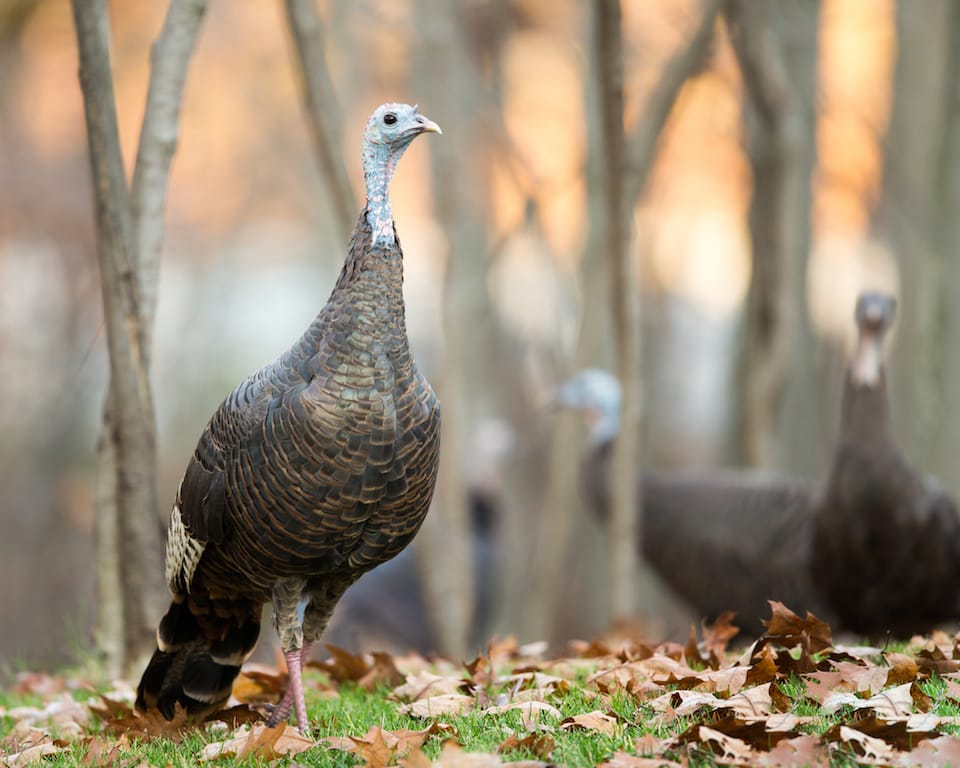
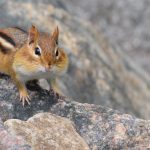
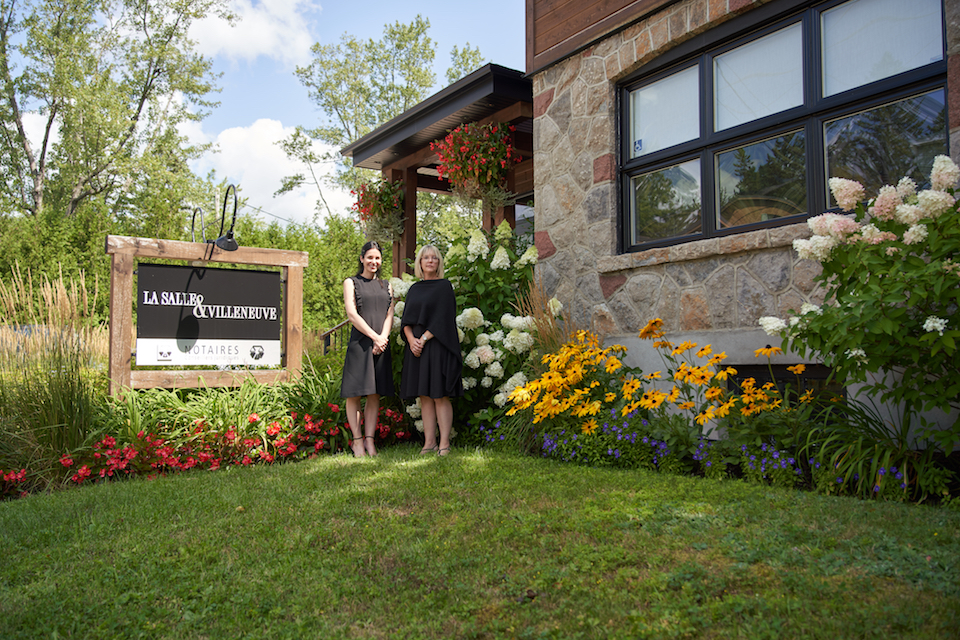
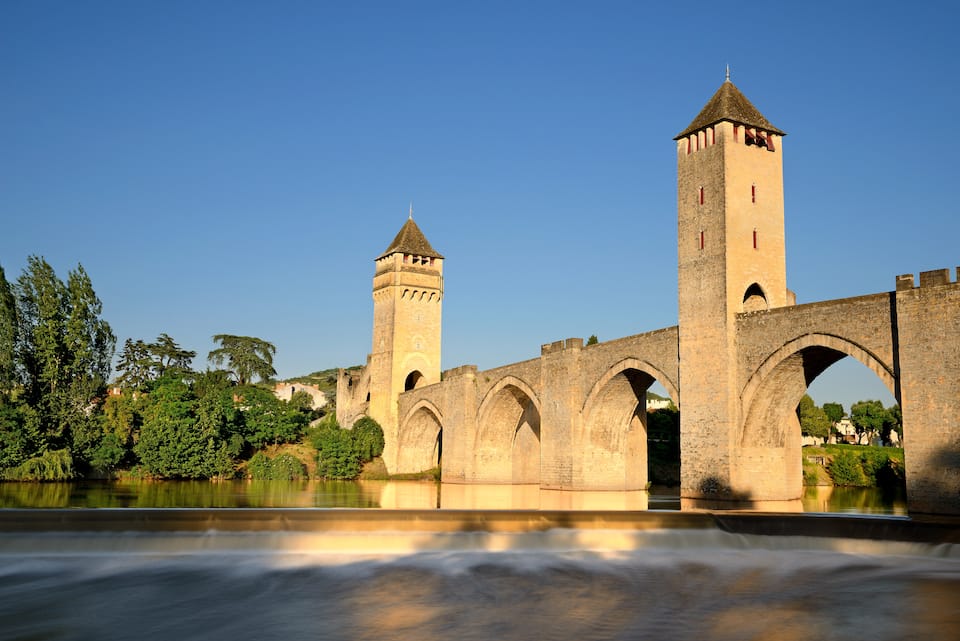
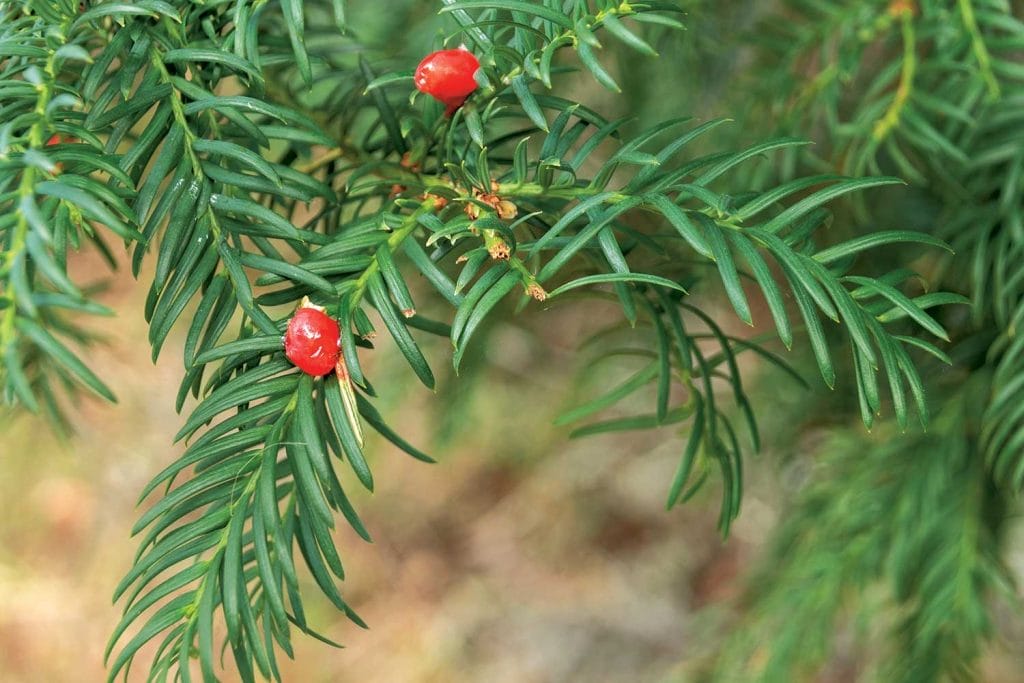
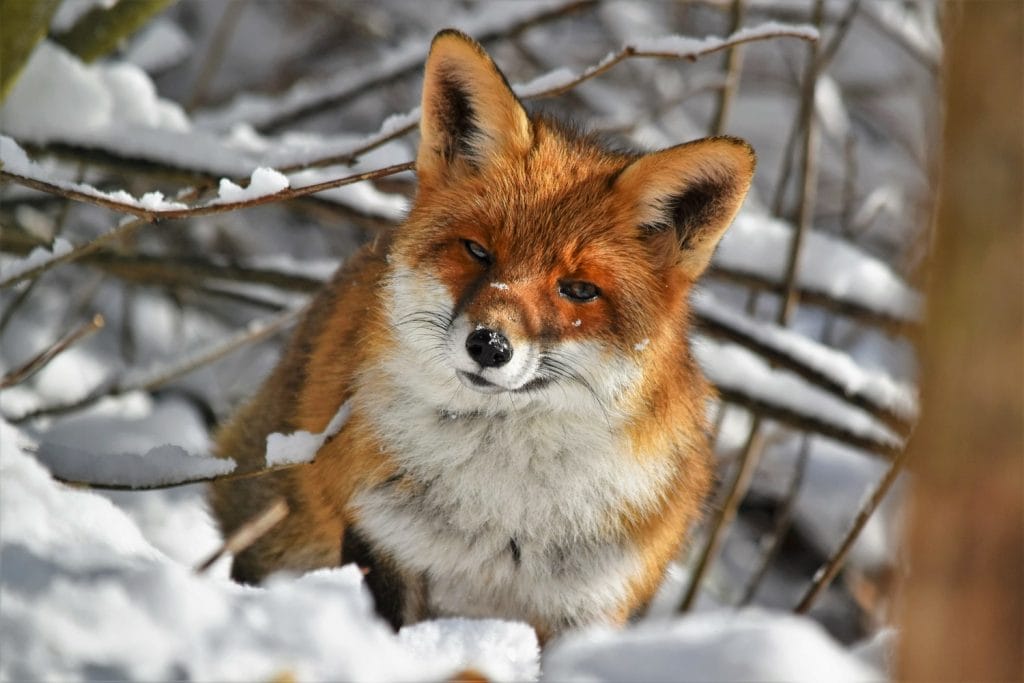
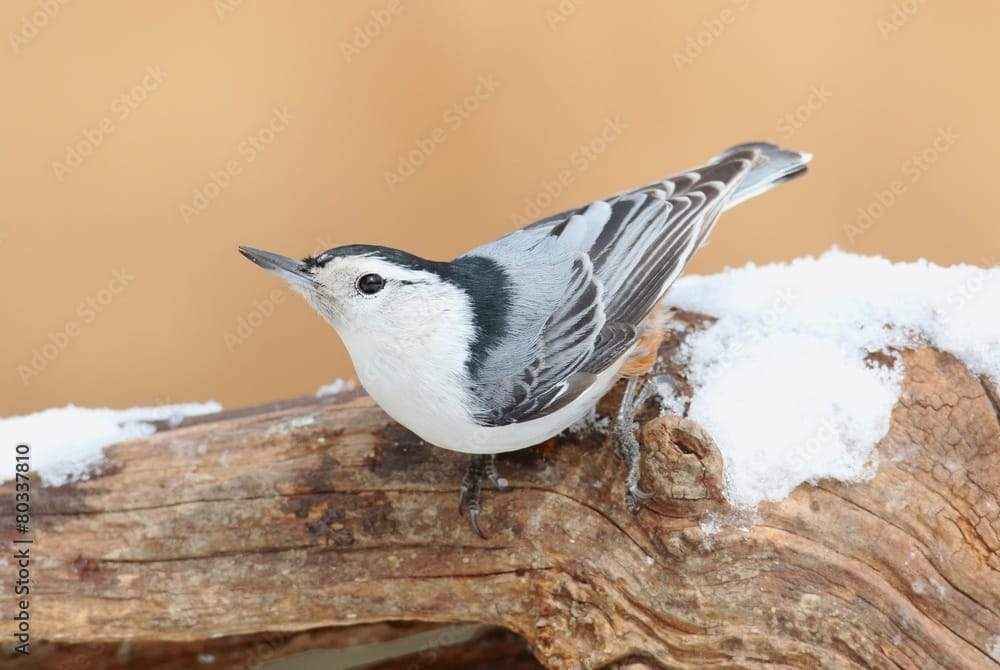
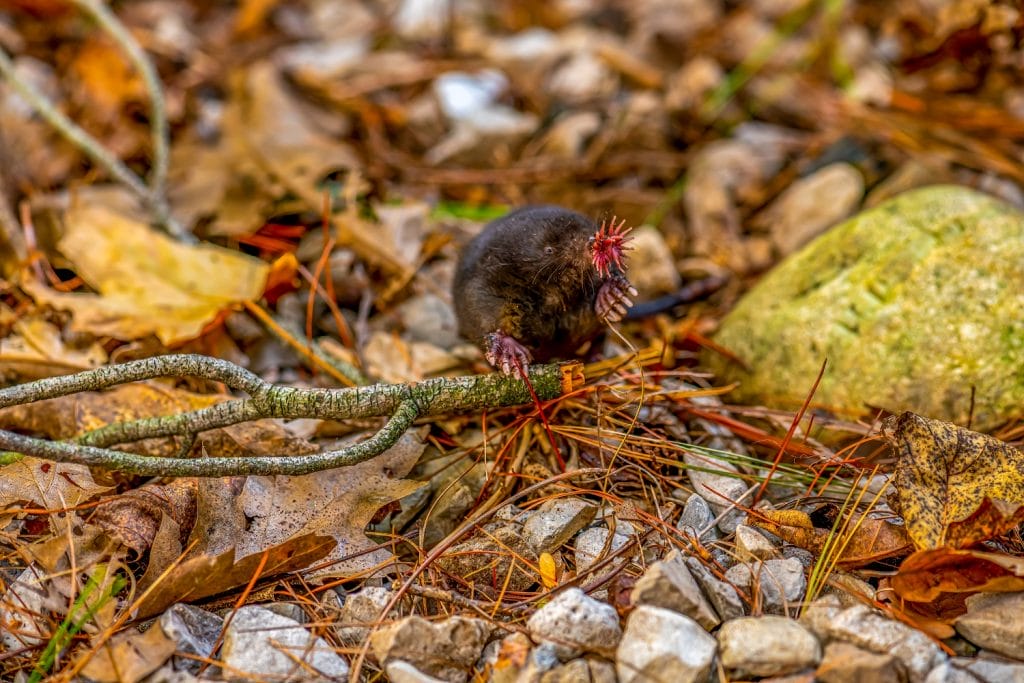


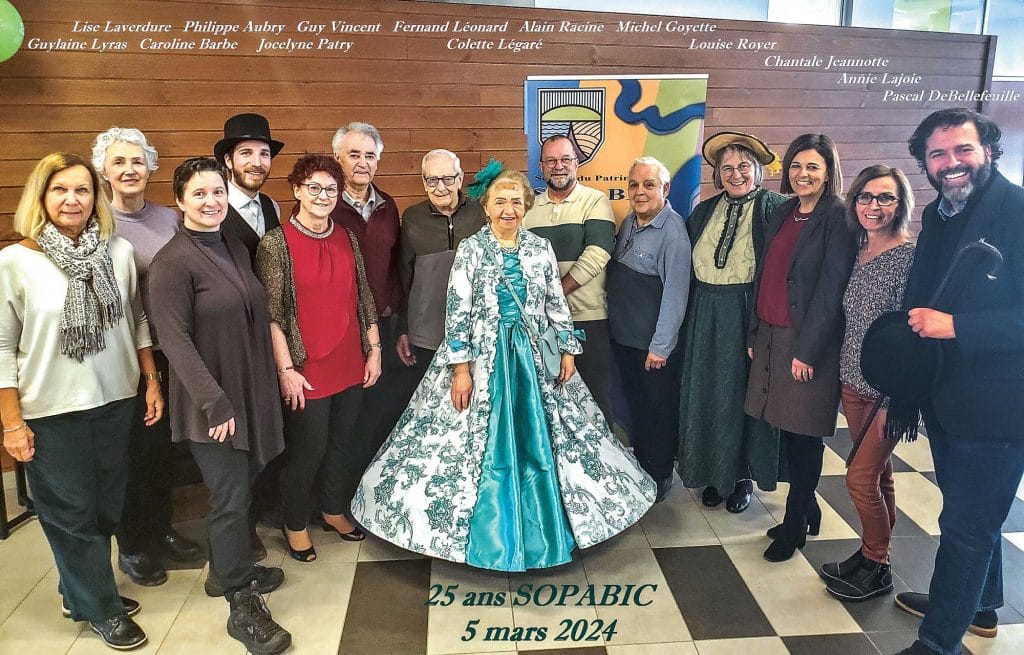

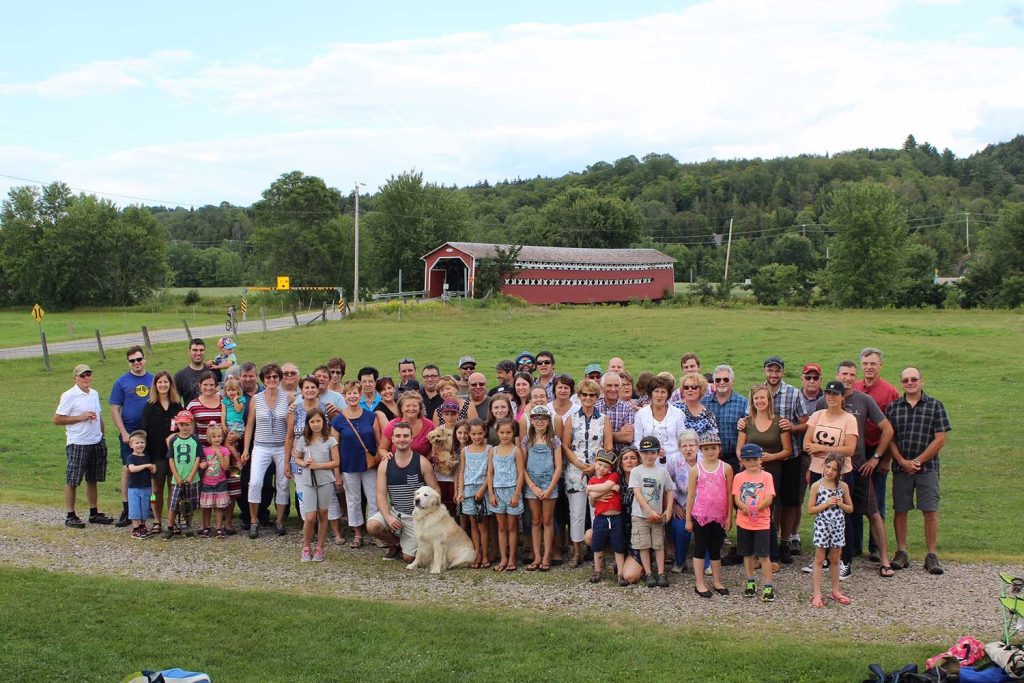
0 Comments